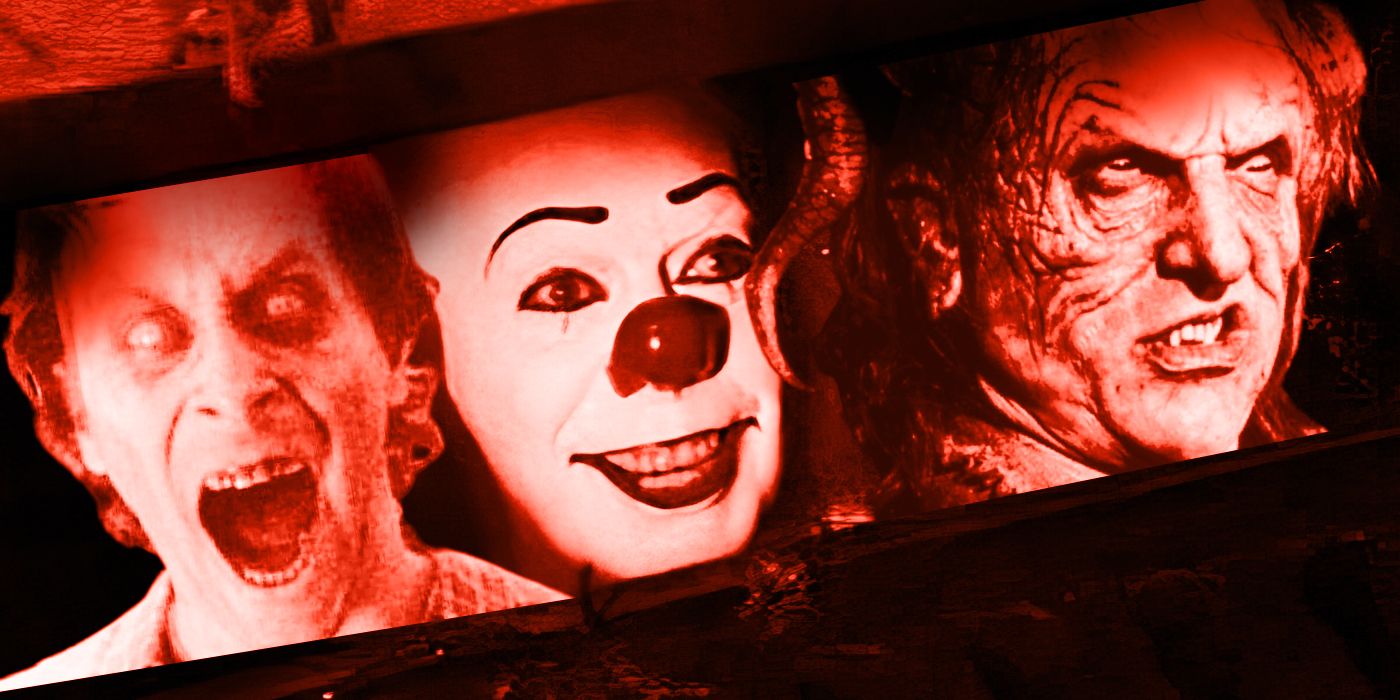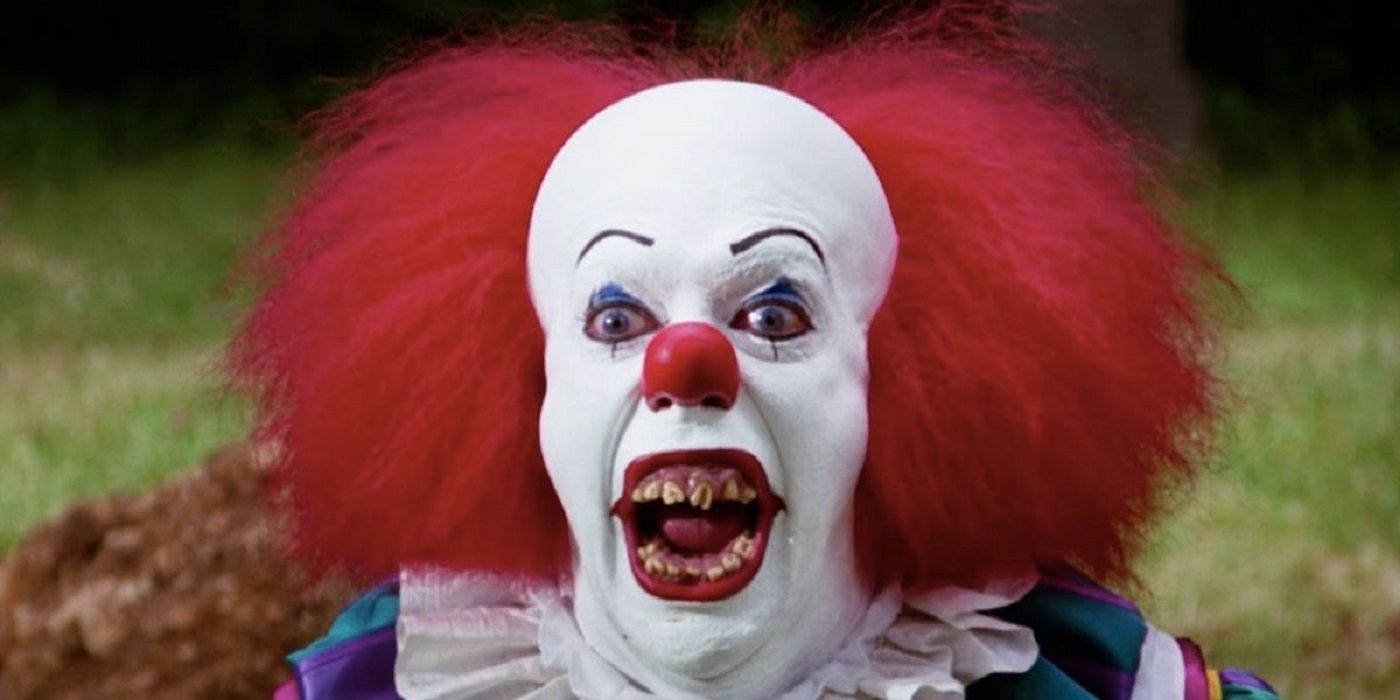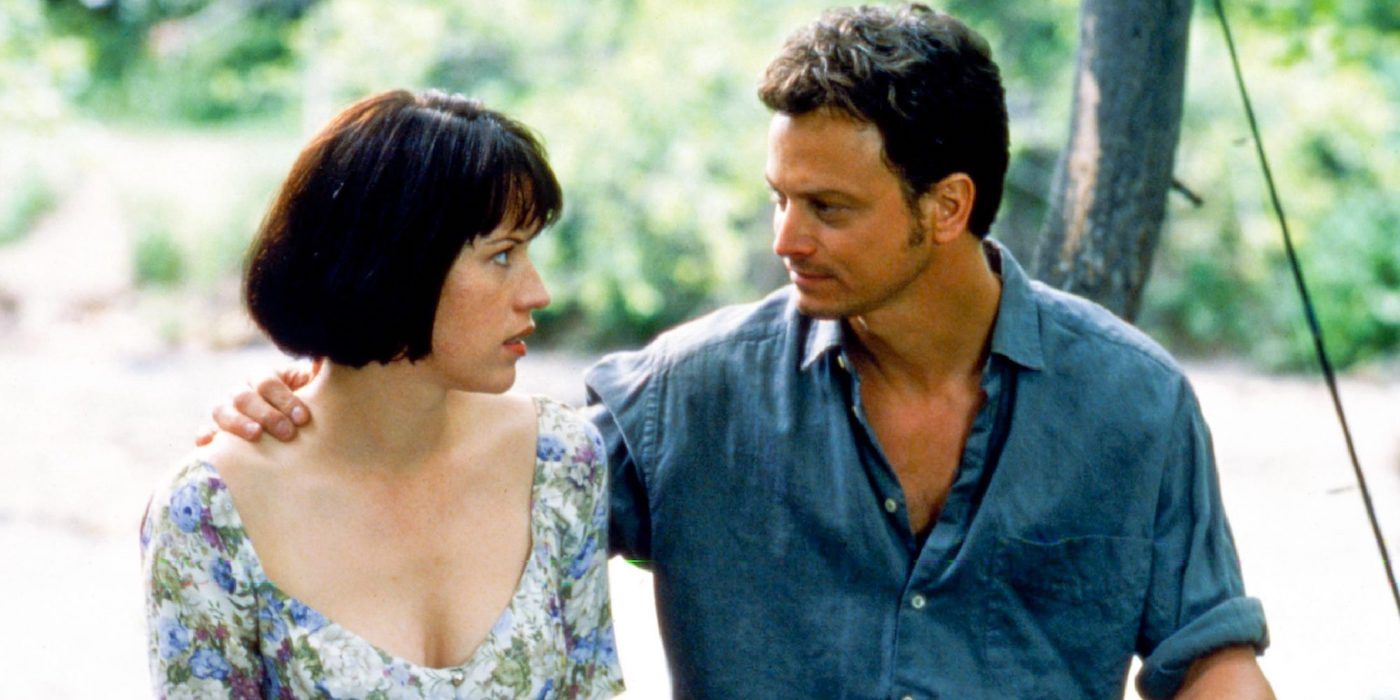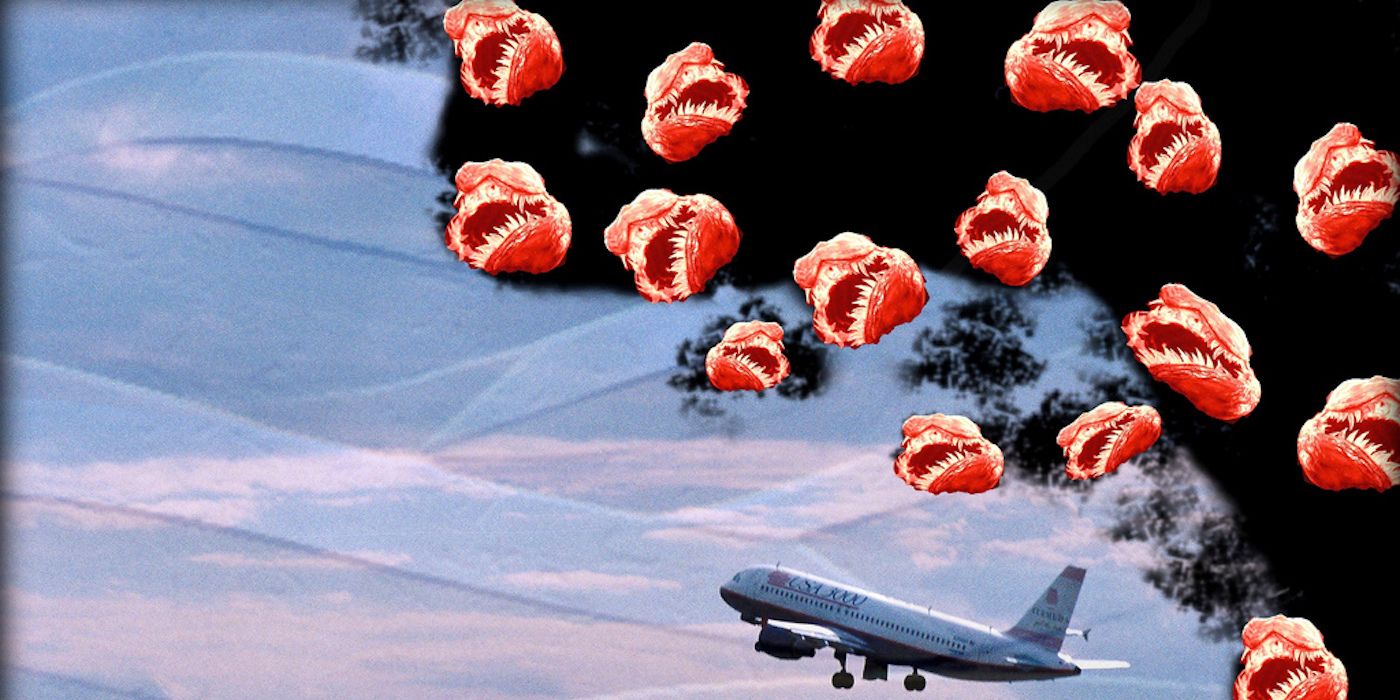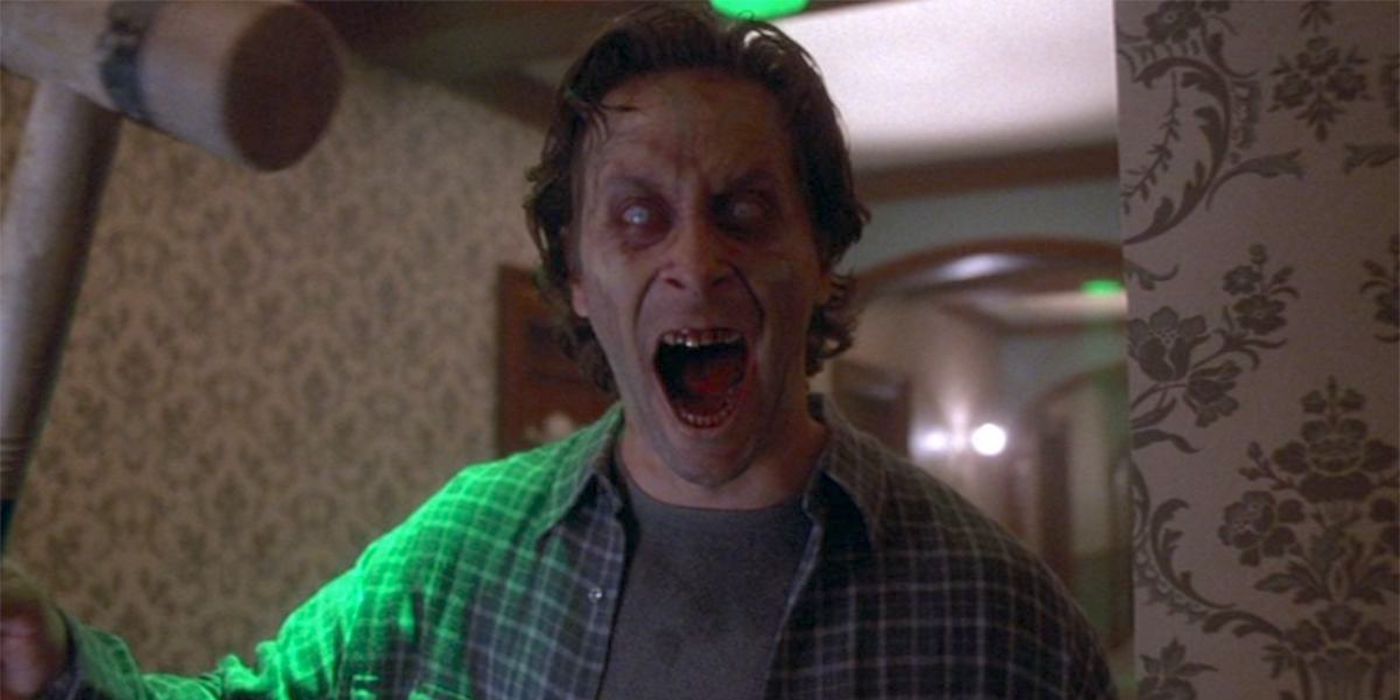By the 1990s, Stephen King was one of the most popular authors on the planet, which is probably why there were so many direct-to-TV adaptations of his works during that time. Because of horror novels like The Shining, The Stand, and It, King became a household name. With his ever-growing popularity (or notoriety) among both kids and adults, the choice to put his invented worlds on the TVs of families everywhere became obvious. And so it was, these three novels in particular were adapted as special event miniseries, as was his novella The Langoliers. These four miniseries raked in tons of viewers when they came out and, based on who you talk to, were successful adaptations of their source material. For anyone going back to revisit them today, these miniseries are a fantastic time capsule back to the 90s, when horror and sci-fi TV productions were cheap but loaded with charm!
Stephen King got his big break as an author in the mid-70s when his debut novel Carrie first hit shelves. From there, he would go on to write classic after classic, with each selling a ridiculous amount of copies, giving King worldwide popularity. The Dead Zone, Firestarter, and Pet Sematary are just a few of the hugely successful novels from King's 70s and 80s prime era, works that would go on to be adapted into films. Being that these novels were slimmer efforts ranging between 300 and 400 or so pages, these were better suited for movies rather than TV shows.
King is loved by some and groaned at by others for the fact that many of his novels are generous in their page count, to say the least. Both The Stand and It are over 1100 pages, so at the time, proper movie adaptations of these novels were out of the question. Tobe Hooper's late 70s TV adaptation of 'Salem's Lot proved that the iconic author's more sprawling works could be brought to the screen, they would just have to be brought to the small screen. Jump to the 90s, and King fans would be given more than they bargained for.
'It' Kicked Off the 90s Stephen King Miniseries Craze
There's a case to be made that, until recently, the 1990 made-for-TV adaptation of It was the most popular Stephen King adaptation ever made. The 2017 and 2019 It films have trumped their 1990 predecessor in popularity, but for two and a half decades, the image of Tim Curry's Pennywise haunted children everywhere. For younger generations, watching the It miniseries felt like a dare. It was forbidden! But any time anyone actually sat down and watched It, it turned out to be not so bad! This miniseries bares a ton of iconic imagery, but it shares the same problems that all made-for-TV Stephen King adaptations have. Time and time again, creative minds and TV execs were given some incredibly dour and grisly novels that they then had to endlessly water down so that they could be played on prime networks like ABC. It's not like they were being made for Disney Channel, but back in the 90s, you could never air the kinds of things that more recent shows like The Walking Dead have been able to get away with.
That being said, 1990's It still has some pretty great scares. One of the miniseries' most famous scenes is when Georgie (Tony Dakota) first meets Pennywise. It's visually fantastic, with the pitch-black shadows perfectly contrasting Pennywise's clown makeup and Georgie's yellow rain jacket. Even though it's almost his first scene, it might be Curry's best scene as Pennywise. It's before he gets over the top and too goofy in his performance. Here, he's just reserved enough to where his malicious intentions are obvious, but not in your face. The sewer scene sets the tone for what It gets right, being at its best when it leans into atmosphere, instead of shock value. The miniseries was directed by Tommy Lee Wallace, a frequent John Carpenter collaborator. That being said, It does have some effective and surprisingly violent moments for a TV production, namely the death of Stanley Uris (Richard Masur).
'The Stand' Is the Best Stephen King TV Adaptation
It's mega popularity proved that Stephen King's books were a goldmine waiting to be adapted for TV. A few would come in It's wake like Sometimes They Come Back and The Tommyknockers, but the next major event would be 1994's The Stand. This was a massive production, directed by genre movie legend Mick Garris. It feels like every B-movie lead, TV idol, and "that guy" actor of its time appeared in The Stand. Gary Sinise, Molly Ringwald, Rob Lowe, Miguel Ferrer, and Jamey Sheridan are but a few of the names that fill this movie's cast. Even huge names like Kathy Bates and Ed Harris, as well as horror director icons John Landis and Sam Raimi appear. With the number of names attached to this thing, you can tell that they were aiming for greatness. The Stand set out to top It in every way, and even though It has the greater legacy, The Stand just might be the better adaptation.
For one, The Stand has the advantage of being four episodes long, clocking in at over six hours. That's way more time to work with its 1153-page source material than It's three-hour adaptation of an 1138-page book. The Stand is also more fit to be made for TV. I mean, the novel is totally bleak and post-apocalyptic, but it has more thriller and drama elements than It. This miniseries has plenty of mid-90s cheese, but you can feel the ambition breaking at the seams. The Stand is one of the few novels that feel unadaptable because of its massive, sprawling story, but this miniseries does things about as well as a 90s TV production could. The cast is mostly great, save for Jamey Sheridan as the villainous Randall Flagg. He's not terrible, but he also hams it up a bit more than you might like. That mullet isn't doing him any favors either! If you're looking to lock in for six hours and watch an incredibly 90s TV version of The Stand, you'll probably find yourself pretty happy with this one. It's easy to admire, if anything, for how many big swings it takes.
'The Langoliers' Is a Three-Hour Fever Dream With Bizarre CGI
One year after The Stand, The Langoliers premiered in a two-part event on ABC. Based upon King's novella of the same name, this miniseries is most notable for being directed by Tom Holland. No, not Spider-Man, we're talking the Tom Holland that directed the horror classics Fright Night and Child's Play. The Langoliers isn't an A-tier King tale like It or The Stand, so it deserves a bit of explanation. After the majority of a plane's passengers disappear, the plane lands in an empty airport and the remaining group of people have to figure out what's going on. Mysterious monstrous beings known as the "langoliers" begin terrorizing the group, and the miniseries goes from an adequate thriller of the week to total schlock.
This isn't to say that The Langoliers isn't effective. The langoliers themselves are vicious, flying, fleshy, orb-like creatures with massive jagged teeth. The CGI that is used to create the creatures is about as shoddy as CGI can get. The langoliers look like they're ripped straight out of a Nintendo 64 game and dropped straight into the middle of a soap opera, but honestly, that kind of adds to their otherworldly nature. Any time they're on-screen, your eyes are locked on them. It's hard to tell whether they're disturbing or hilarious, but either way, once they finally show up on-screen, you better come to terms with them quickly.
As for the rest of the miniseries, it can be pretty dull. None of the acting is all that special, the lead-up to the langoliers' reveal feels like an eternity, and none of the actual filmmaking feels very inspired or effective. That being said, the CGI-filled set piece in which the langoliers eat the entire airport and, seemingly, the whole universe, leaving our cast of characters flying through a void, just might be the most unsettling scene of any 90s King miniseries. On one hand, it looks pretty terrible, but on the other, it's a bizarre moment that feels straight out of a Lovecraftian cosmic horror tale. Sometimes The Langoliers is great, and sometimes it's awful, but in total, this miniseries feels like a three-hour fever dream.
1997's 'The Shining' Is the Worst Mainstream Stephen King Adaptation
The final notable Stephen King TV adaptation of the 90s is 1997's The Shining. King was extremely displeased with Stanley Kubrick's 1980 adaptation, so he brought it upon himself to bring the novel to the small screen as a three-episode miniseries. King was incredibly involved in the project, writing and producing the project himself. This adaptation would be directed by Mick Garris, brought on after his success with The Stand. The Shining had every excuse to work... but it might also be the worst mainstream adaptation of any Stephen King novel in history.
The Shining miniseries seems to fail because of how hard King tried to give this adaptation an emotional core. Kubrick's film is famously cold, figuratively and literally. His version has a dream-like feel with everything about it feeling unnatural. Jack Nicholson's performance as an immediately detached and psychopathic Jack Torrance is the perfect example of what Kubrick was going for. The film seems to make it its mission to be as emotionally cold as possible, with the Overlook freezing over in the film's finale. King hated all of this and even though the 1980 film is regarded as a masterpiece, he isn't necessarily wrong for being happy with the changes that were made. It's his material!
The biggest difference between Kubrick's Shining and King's two versions is that both the novel and the miniseries are tales of redemption. This version of Jack Torrance starts out as a deeply flawed man, but there's hope for him. He hasn't broken yet! And despite everything that happens once the family arrives at the Overlook, Torrance eventually manages to redeem himself, saving his family and burning the Overlook to the ground (literally a warmer story than Kubrick's). That all sounds great, right? Well, the problem is everything that happens between his arrival and redemption. The Shining miniseries rides a level of horror that feels much more akin to a Disney Channel original movie than it does a Stephen King novel. This is obviously hyperbolic, but King's efforts to be more emotionally resonant than Kubrick's film really just manage to cut anything and everything dark out of the miniseries. Kubrick's film has the terrifying ghost-twins revealed, and King's miniseries has a CGI hose with teeth jumping at the screen and biting it. Yikes. Doesn't help that everyone that the cast plays their parts like they're in a Hallmark movie. Don't feel bad about missing the 1997 Shining miniseries.
The 1990s made-for-TV adaptations of Stephen King's works are flawed, but a lot of fun. Their necessity to cut King's darker ideas to deliver air-able TV miniseries can make them tough watches for fans who know the source material well. But if you go into them with this in mind, you likely won't be all that disappointed (save for The Shining). If you're in the mood for a blast from the past, some Stephen King fever, and a spooky miniseries, then It and The Stand are sure to deliver for you. The flying evil meatball creatures of The Langoliers are better seen than believed. As for Stephen King? You can't miss with one of his books, he is the king of horror.

